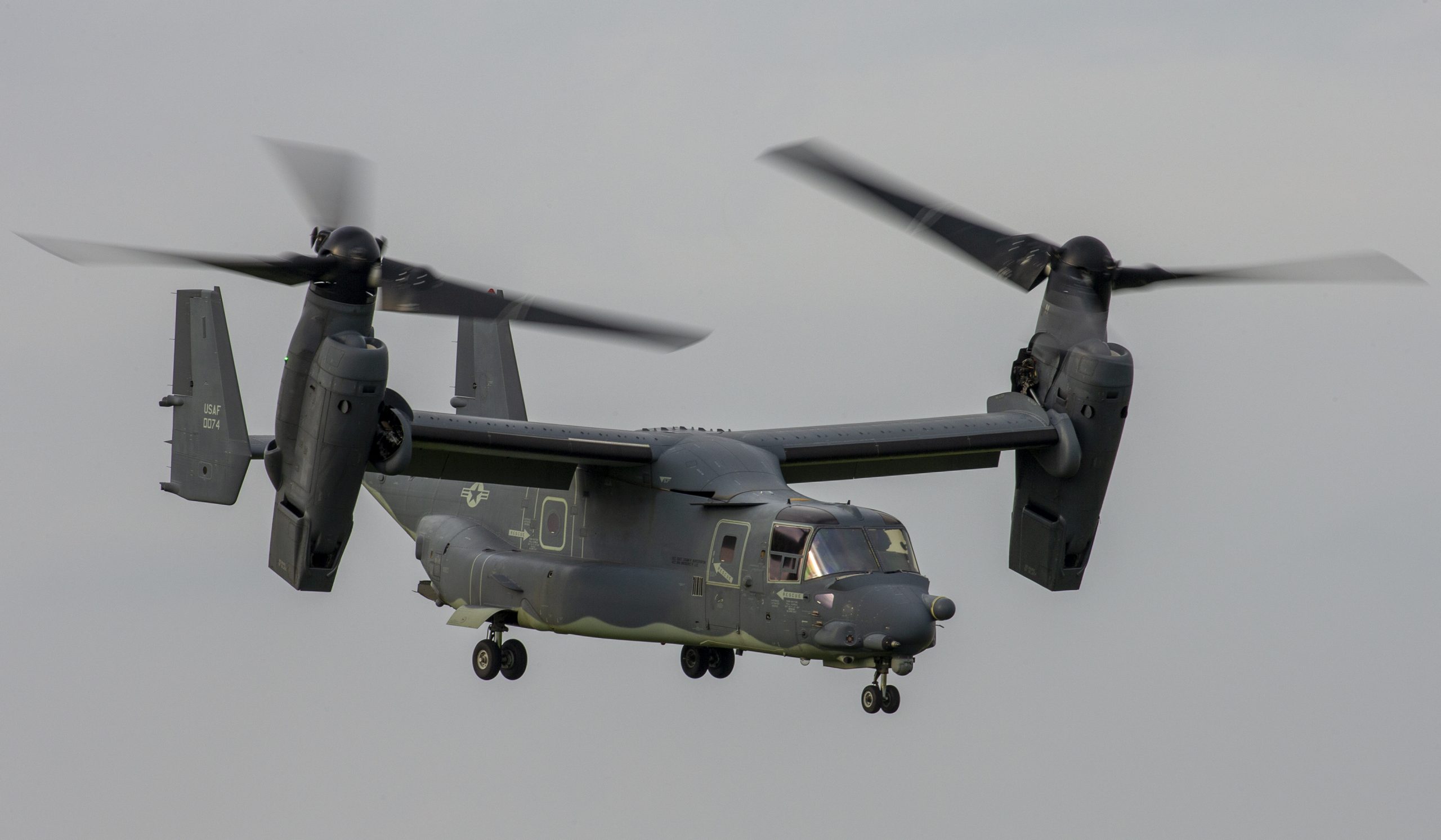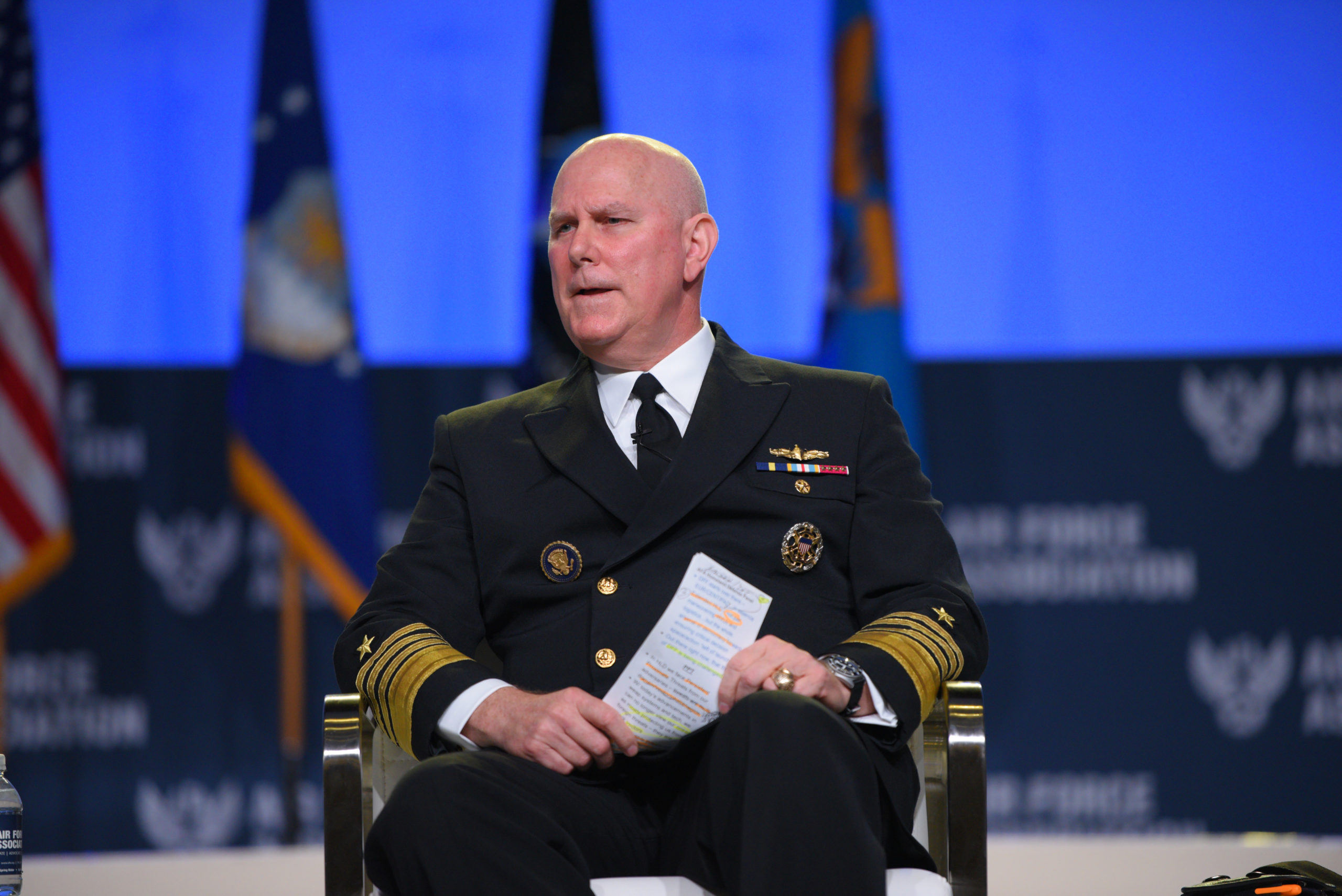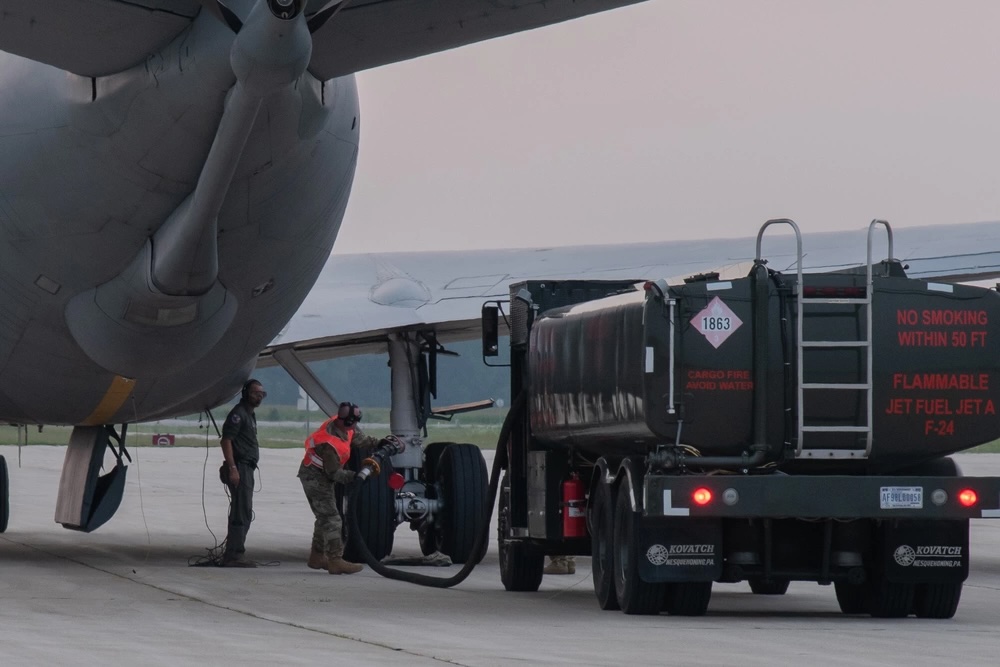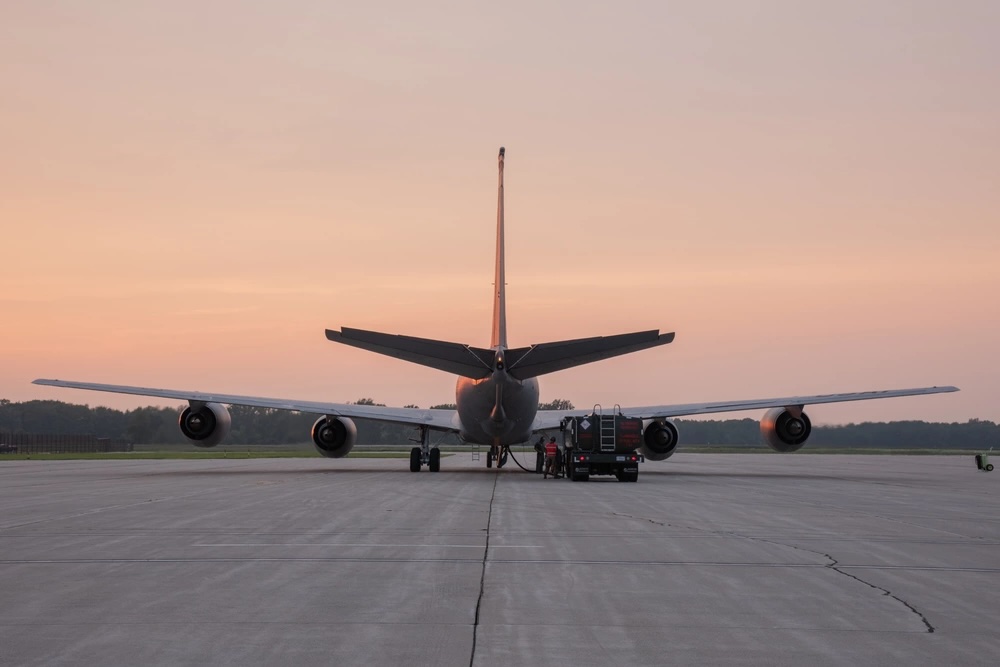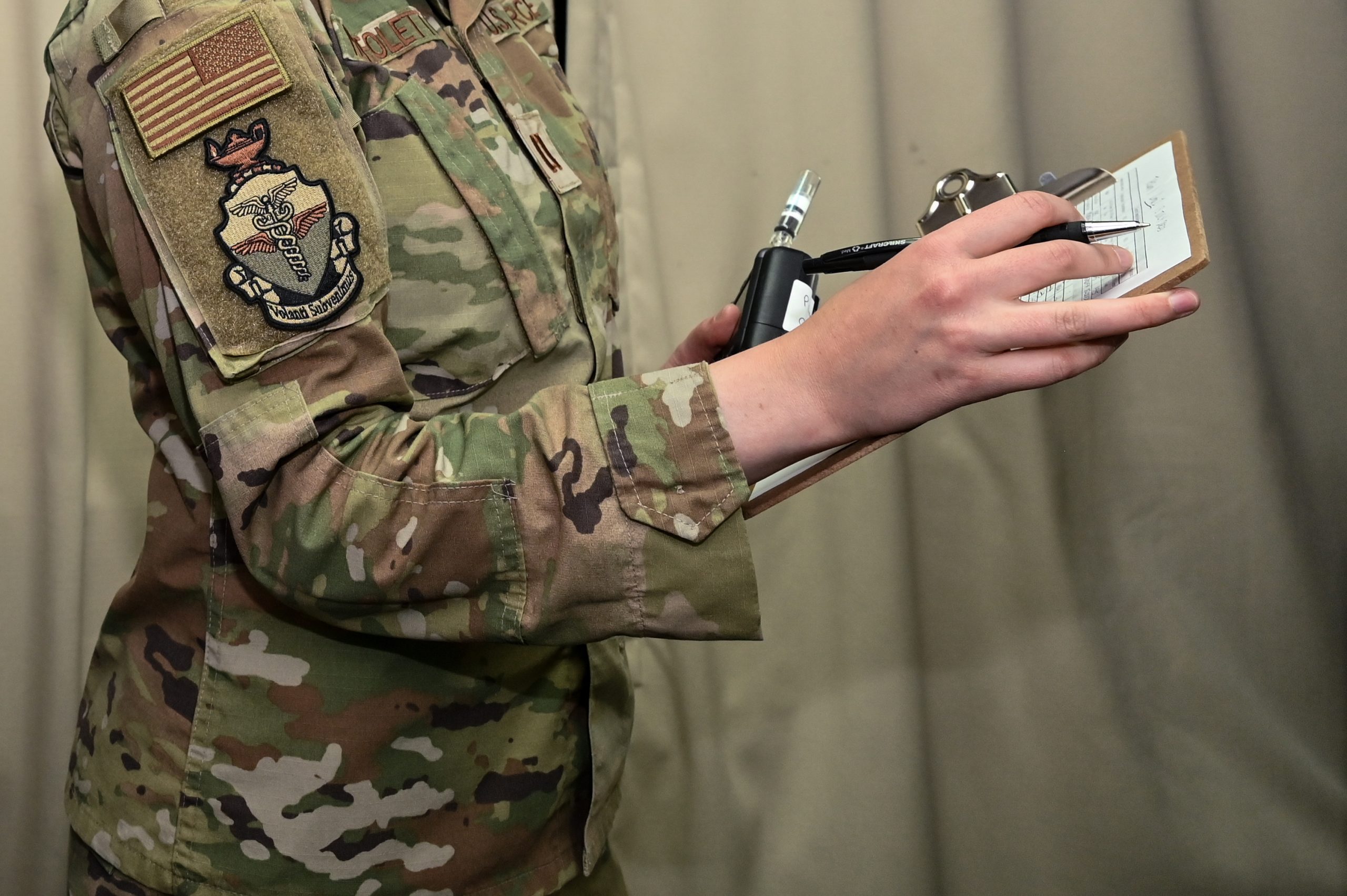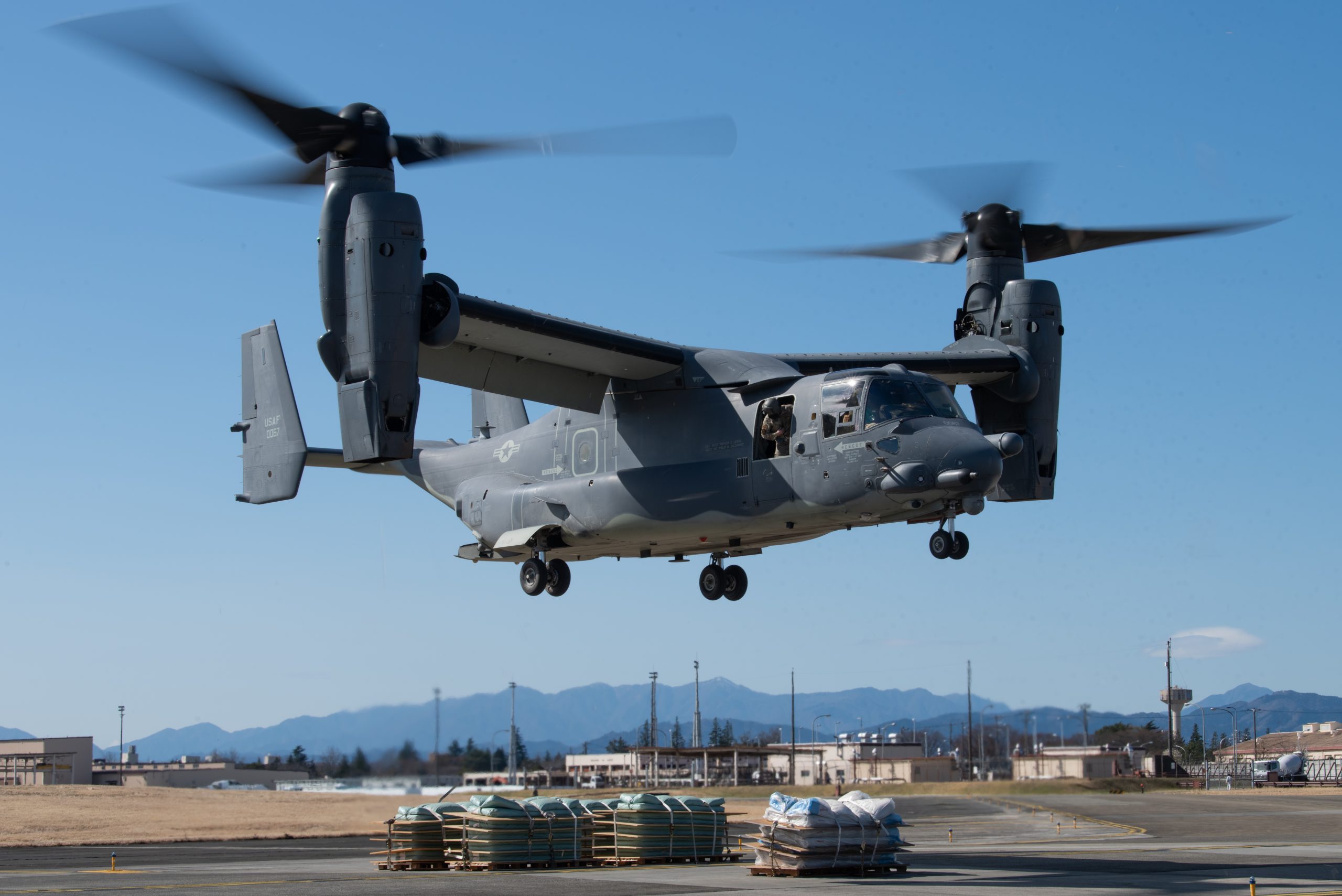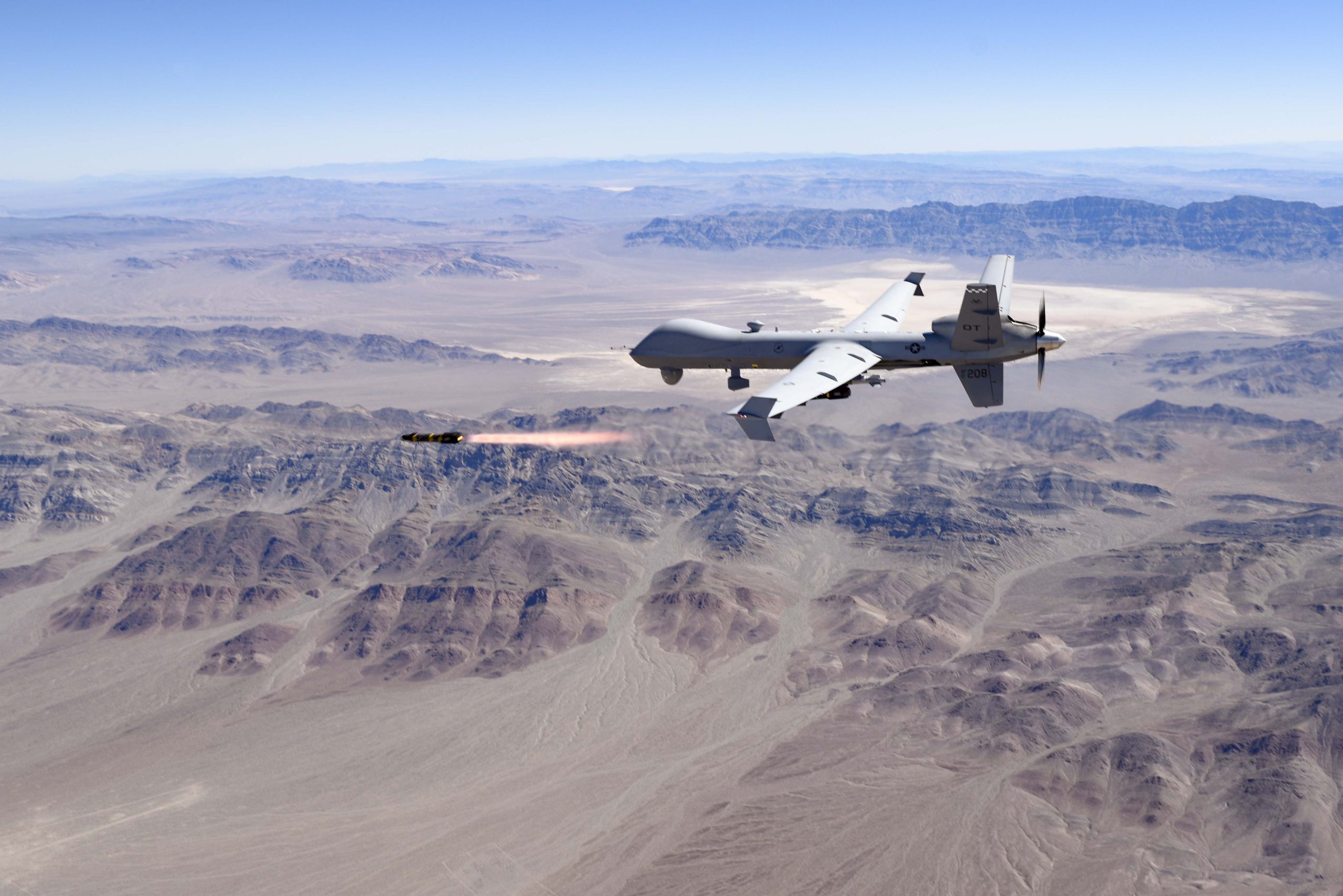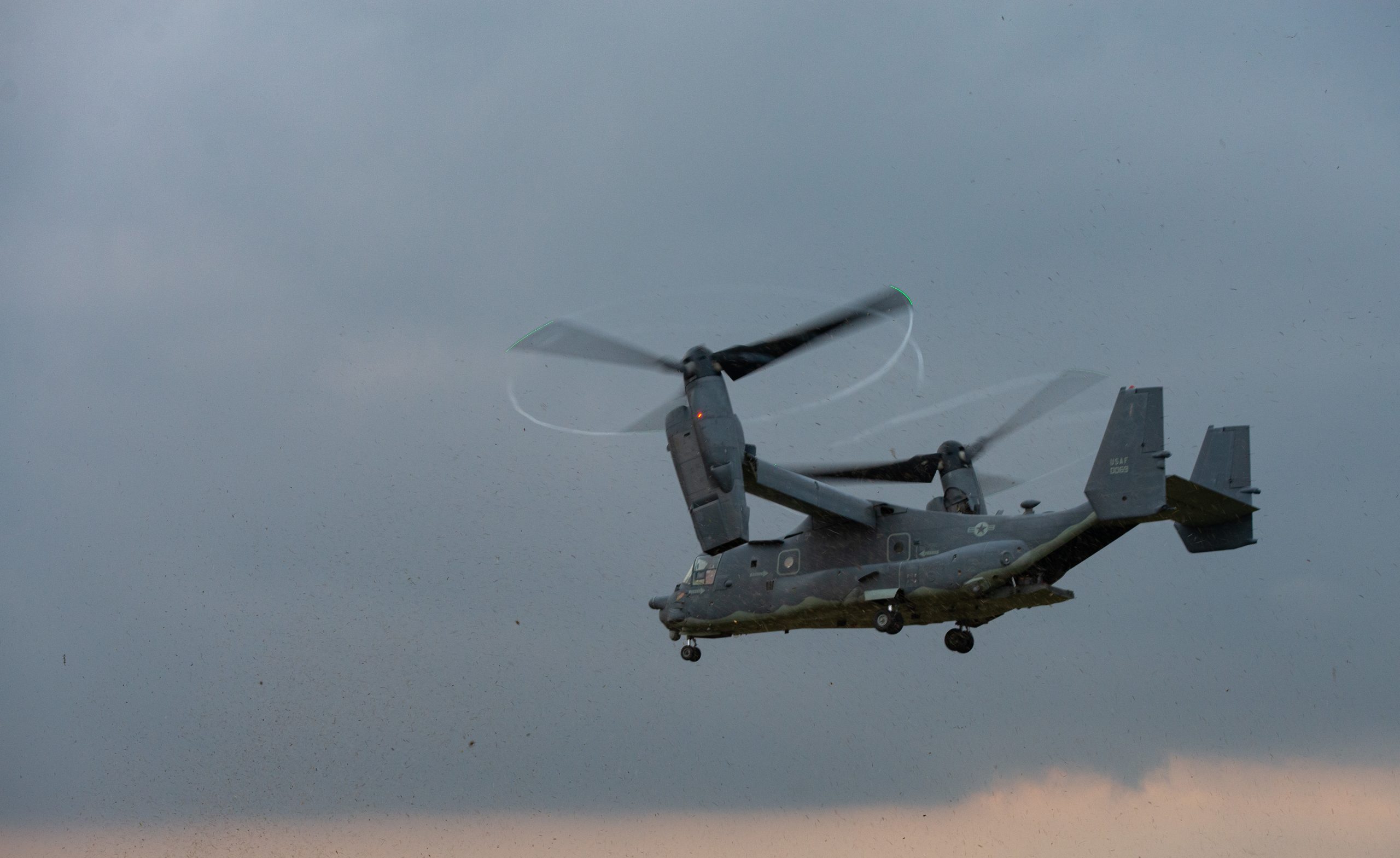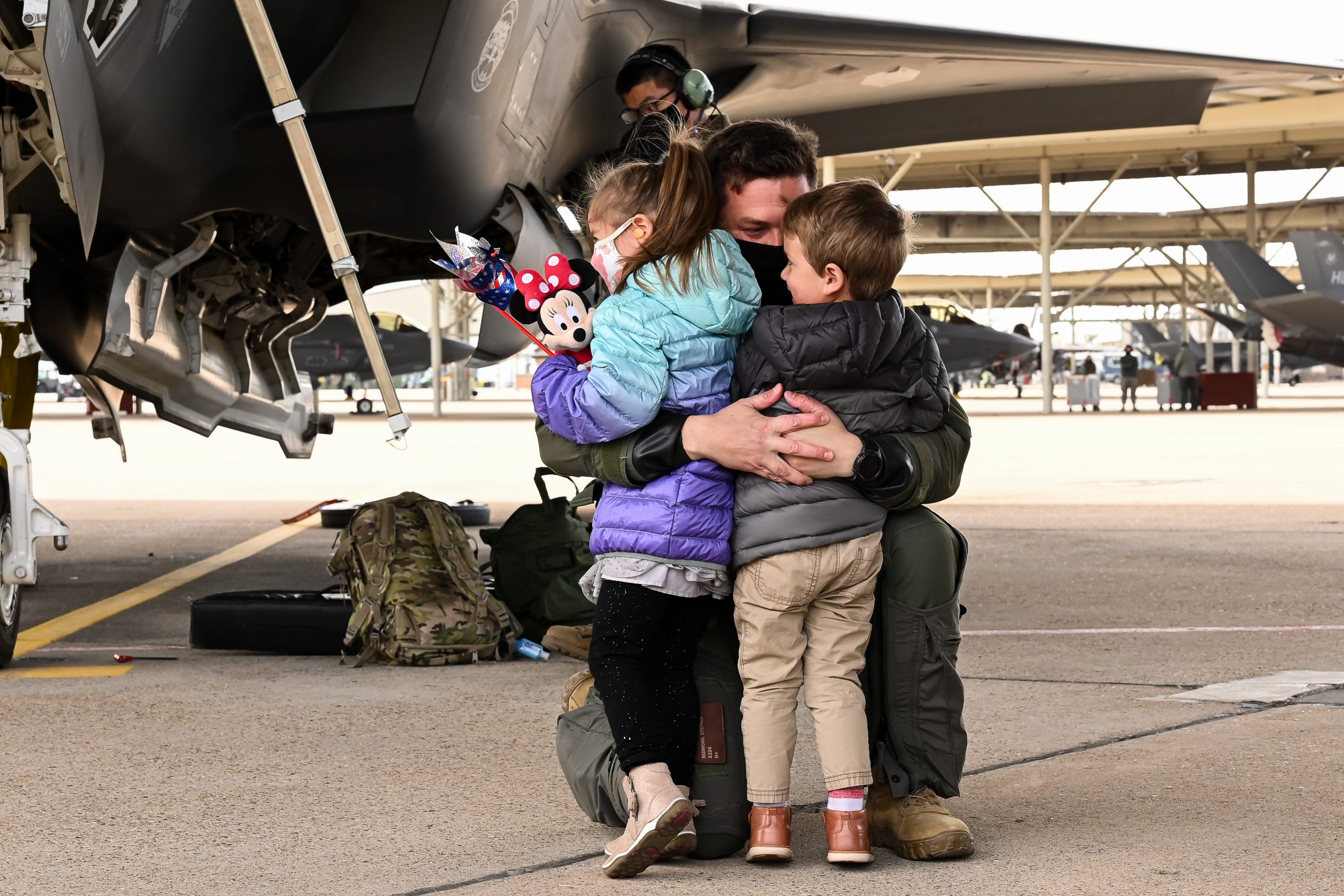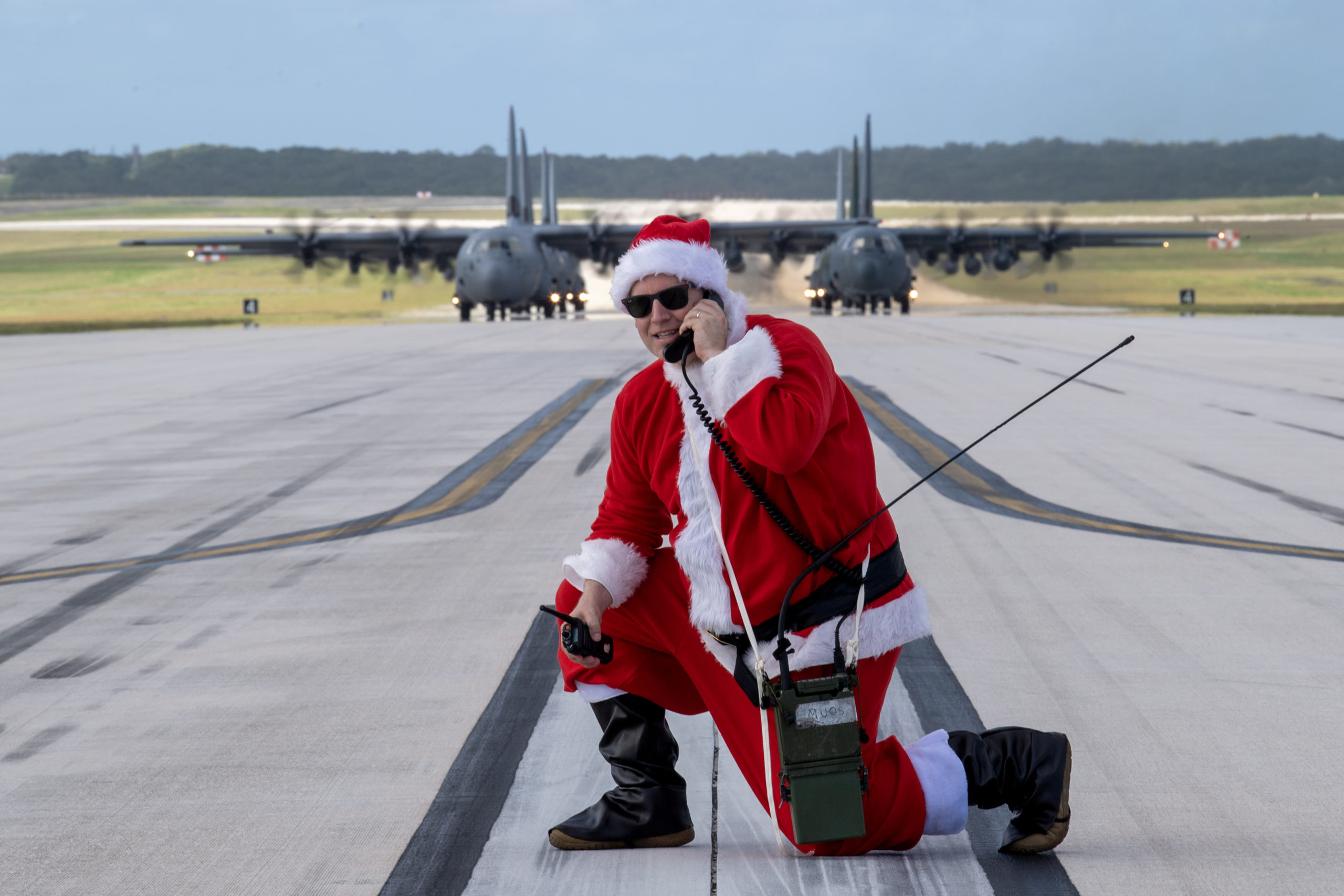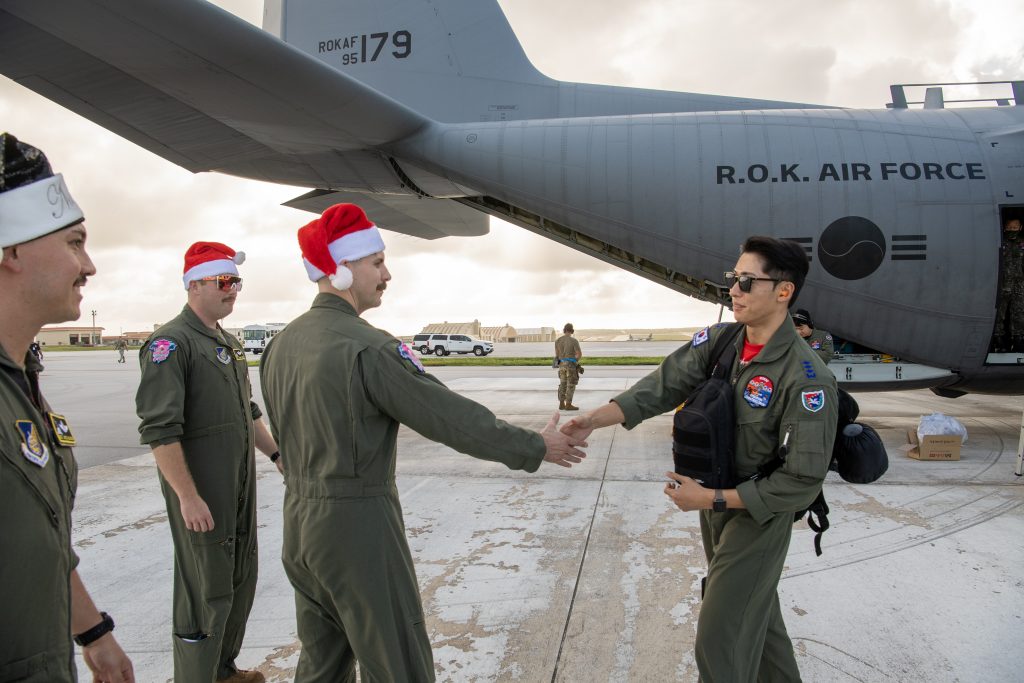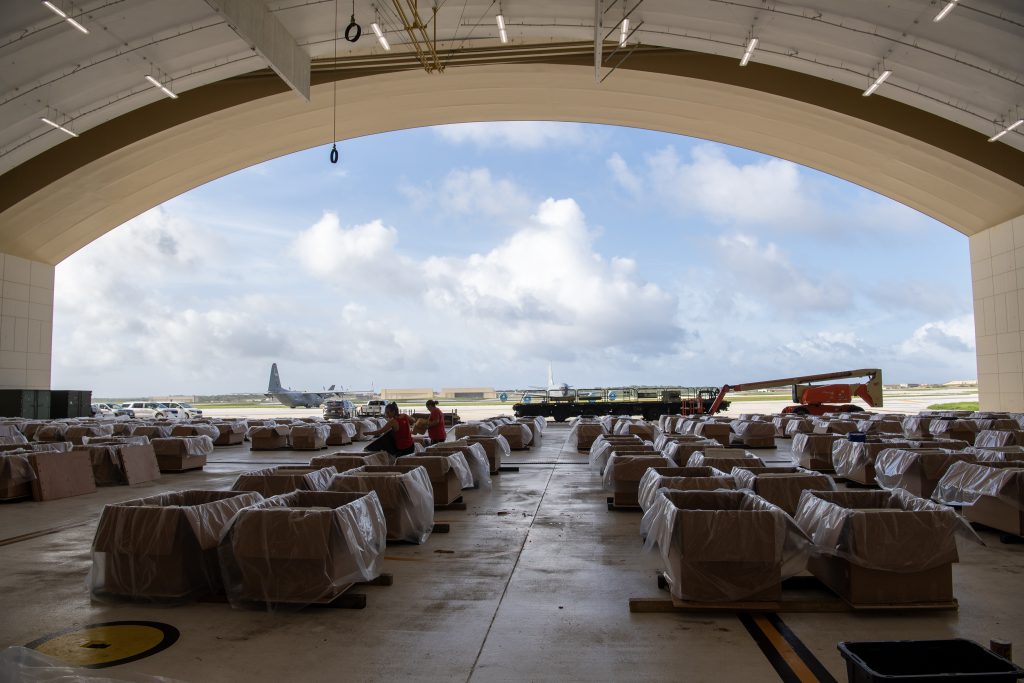The eight Airmen aboard the CV-22 Osprey that crashed off the coast of Japan were declared dead as the operation transitioned to search and recovery Dec. 5.
“Our entire nation mourns this tragic loss,” President Joe Biden said in a statement.
The aircraft caught fire and crashed Nov. 29 incident off the southern Japanese coast, sparking a massive search and rescue effort involving the U.S. and Japanese military, coast guard, law enforcement, and civilian volunteers. The bulk of the wreckage was discovered by surface ships and dive teams on Dec. 4.
“The transition from a rescue operation to a recovery operation occurs when the determination is made that survivors are unlikely,” read a statement by Air Force Special Operations Command, which noted that the families of the deceased had all been notified.
“We will always honor their devotion to our country, and we will ensure the families of the fallen receive the respect, care, and support they deserve,” Air Force Chief of Staff Gen. David W. Allvin said in a statement.
The remains of six Airmen have been recovered so far. Two bodies have not yet been found.
The first of the eight Airmen identified was Staff Sgt. Jacob “Jake” M. Galliher, 24, of Pittsfield, Mass., who was a Direct Support Operator and airborne linguist specializing in Mandarin.
The other seven, all identified Dec. 5, are:
- Maj. Jeffrey T. Hoernemann, 32, of Andover, Minn., a CV-22 instructor pilot and officer in charge of training assigned to the 21st Special Operations Squadron, 353rd Special Operations Wing, Yokota Air Base, Japan.
- Maj. Eric V. Spendlove, 36, of St. George, Utah, a residency-trained flight surgeon and medical operations flight commander assigned to the 1st Special Operations Squadron, 353rd Special Operations Wing, Kadena Air Base, Japan.
- Maj. Luke A. Unrath, 34, of Riverside, Calif., was a CV-22 pilot and flight commander assigned to the 21st Special Operations Squadron, 353rd Special Operations Wing, Yokota Air Base, Japan.
- Capt. Terrell K. Brayman, 32, of Pittsford, N.Y., was a CV-22 pilot and flight commander assigned to the 21st Special Operations Squadron, 353rd Special Operations Wing, Yokota Air Base, Japan.
- Tech. Sgt. Zachary E. Lavoy, 33, of Oviedo, Fla., was a medical operations flight chief assigned to the 1st Special Operations Squadron, 353rd Special Operations Wing, Kadena Air Base, Japan.
- Staff Sgt. Jake M. Turnage, 25, of Kennesaw, Ga., was a flight engineer assigned to the 21st Special Operations Squadron, 353rd Special Operations Wing, Yokota Air Base, Japan.
- Senior Airman Brian K. Johnson, 32, of Reynoldsburg, Ohio, was a flight engineer assigned to the 21st Special Operations Squadron, 353rd Special Operations Wing, Yokota Air Base, Japan.
“In times like these, where service to our nation is not just a personal commitment but also a legacy woven into the fabric of our families, the depth of sorrow is immeasurable,” Lt. Gen. Tony Bauernfeind, AFSOC commander, said in a statement. “The honorable service of these eight Airmen to this great Nation will never be forgotten, as they are now among the giants who shape our history.”

The Japan Coast Guard, Japan Self-Defense Forces, Pacific Air Forces, U.S. Pacific Fleet, U.S. Marine Corps Forces Pacific, Special Operations Command—Pacific, 353rd Special Operations Wing, 18th Wing, and 1st Special Forces Group all participated in search efforts and will continue to support recovery operations.
The incident is the deadliest USAF aviation incident since 2018, when nine Air Guardsmen were killed in a WC-130 crash in Georgia.
“These brave American Airmen were training and honing their skills during the time of this tragic accident,” Secretary of the Air Force Frank Kendall said in a statement. “Their dedication to our mission is an inspiration to us all and their loss is felt across the Department of the Air Force.”
It is also the Air Force’s deadliest-ever CV-22 accident. The only other deadly crash was a 2010 incident in Afghanistan that claimed the lives of three service members and one civilian. Famed for its tilt-rotor design, which allows it to take off and land like a helicopter and rotate its rotors to fly like an airplane, the Osprey is also flown by the Marine Corps and Navy, and has a checkered safety history.
In August, three Marines were killed when their Osprey crashed in Australia. In 2022, nine Marines were killed in two separate crashes.
“We continue to gather information on this tragic incident, and we will conduct a rigorous and thorough investigation,” Secretary of Defense Lloyd J. Austin III said.
